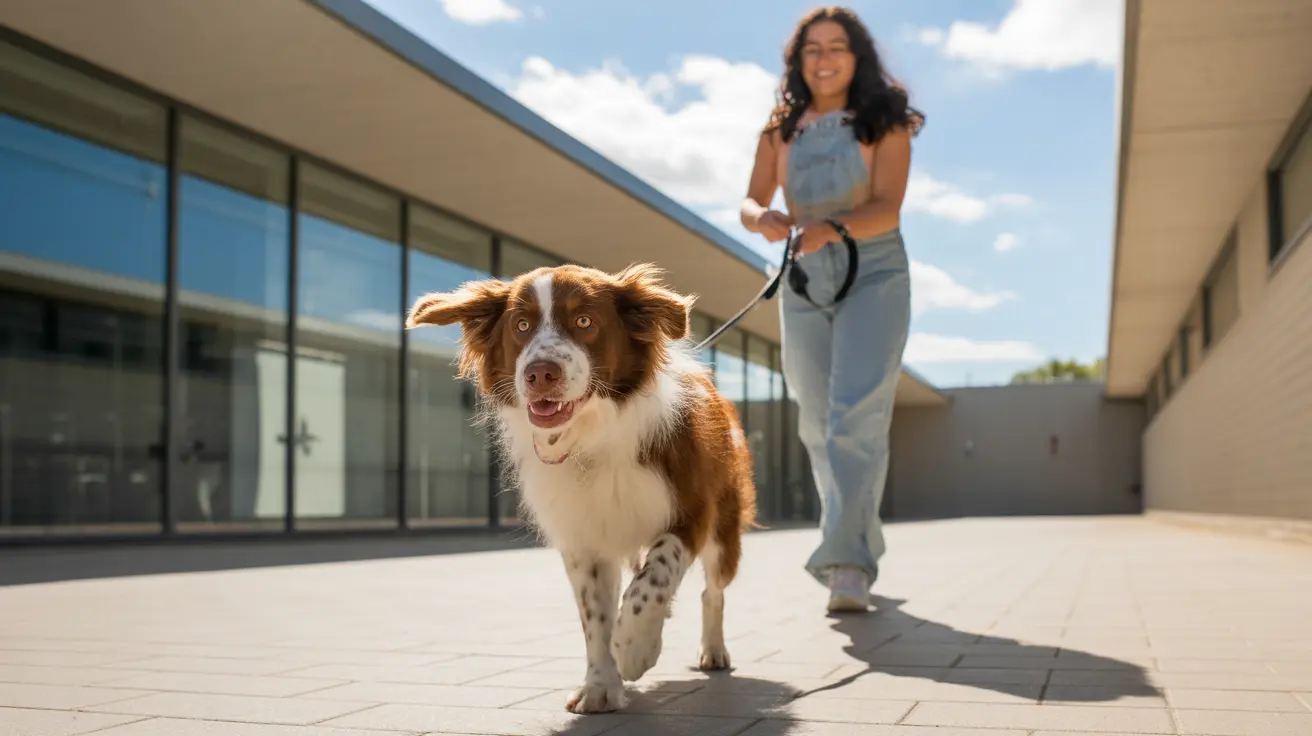Understanding the 5-Minute Rule for Puppies
Raising a healthy, energetic puppy is a fulfilling experience, but it comes with the responsibility of ensuring proper care, including appropriate exercise. One popular guideline discussed among dog owners and veterinarians is the
5-minute rule. This simple rule provides a framework for managing your puppy’s physical activity to support growth, joint health, and long-term wellbeing.
What is the 5-Minute Rule?
The 5-minute rule is an informal guideline suggesting that a puppy should have no more than
five minutes of structured exercise per month of age, up to
twice per day. This means:
- 2-month-old puppy: 10 minutes of exercise twice a day
- 3-month-old puppy: 15 minutes of exercise twice a day
- 4-month-old puppy: 20 minutes of exercise twice a day
- And so on...
It's important to remember that this refers to
structured, leash-led activities like walks or training sessions, not unstructured play that puppies may initiate on their own.
Why Is This Rule Important?
Puppies are still developing physically, especially when it comes to their
bones, joints, and growth plates. Over-exercising them can lead to lasting musculoskeletal damage. Here’s why following the rule is essential:
- Protects developing joints: Puppies’ joints are soft and prone to injury before fully maturing.
- Supports healthy muscle development: Moderate, age-appropriate exercise helps build strength gradually.
- Prevents overexertion: Too much exercise can cause fatigue, dehydration, or overheating in young dogs.
Is All Activity Limited by the Rule?
Not entirely. While the 5-minute rule governs structured activity, puppies still need
free play, rest, mental stimulation, and opportunities to socialize. These are vital for development and are often self-regulated. What you should limit are prolonged walks, jogs, or intense agility work.
Age-Specific Considerations
Each stage of a puppy’s life brings different needs:
- 6–12 weeks: Focus mostly on socialization and basic obedience with minimal physical activity.
- 3–6 months: Introduce short walks and gentle play, gradually increasing time.
- 6–12 months: As bones begin to mature, you may introduce longer walks and basic agility elements for larger breeds.
Breed Differences and Adjustments
Larger breeds, such as Labradors or Great Danes, have growth plates that take longer to close. These dogs require even more
careful monitoring to avoid exercise-induced joint trauma. Conversely, smaller breeds mature more quickly but still benefit from cautious activity levels.
Common Misconceptions
- “Puppies need lots of exercise to burn off energy.” – Yes, but not in structured forms. Mental stimulation and indoor play are equally important.
- “It’s fine to go for long hikes with older puppies.” – Not necessarily. Even older pups may not have fully formed joints.
- “If the puppy wants to play more, it must be okay.” – Puppies often don’t recognize physical limits and can overexert themselves.
Customized Puppy Exercise Plans
A tailored plan based on your puppy’s size, breed, and temperament helps ensure balanced growth. Some general tips include:
- Mix physical exercise with mental tasks (e.g., treat puzzles, training drills).
- Have short, frequent sessions rather than one long bout of activity.
- Monitor your puppy for signs of fatigue, stiffness, or soreness post-exercise.
- Consult with your vet regularly, especially if your pup is a large or working breed.
The Bottom Line
The 5-minute rule is not rigid, but a helpful baseline to protect your puppy from
overexertion and long-term injury. It encourages a gradual increase in exercise as your dog grows, respecting their unique developmental stages. Combined with proper nutrition, rest, socialization, and affection, it sets the groundwork for a healthy life.
Always observe your individual puppy’s behavior and consult your veterinarian to tailor exercise guidance. A well-balanced, appropriately active puppy is not only physically healthier but also better behaved and socially confident.





